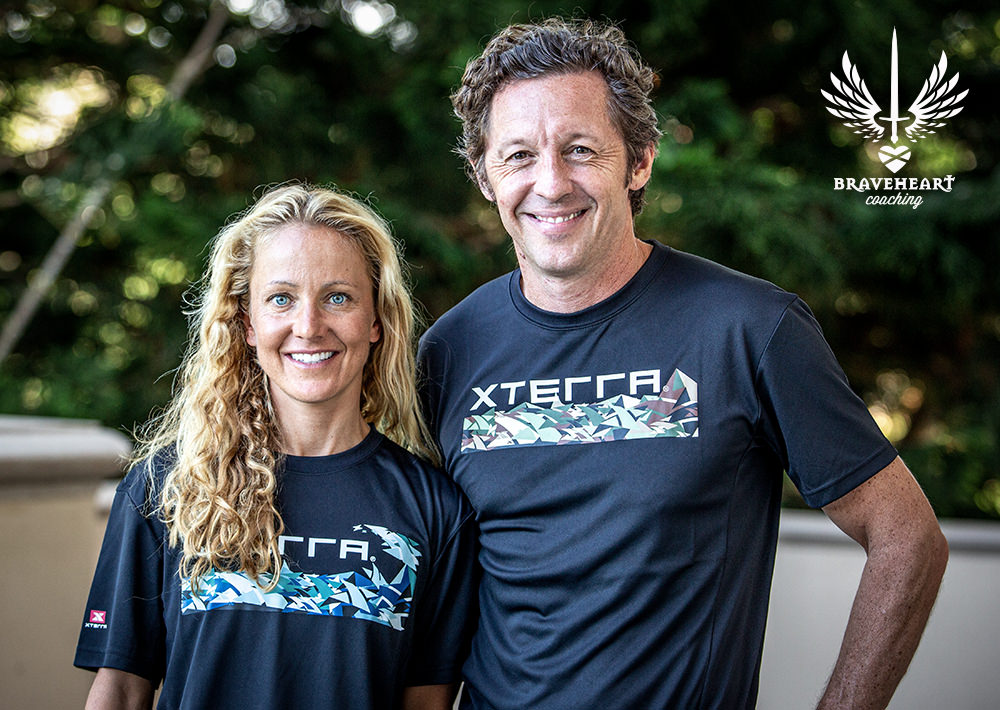What is Merino Wool?

Merino Wool is the material shorn from Merino sheep. Merino sheep are sought after for their coats, which are said to produce the finest and softest wool. This wool is often used for athletic garments, as it breathes and wicks better than most synthetic fabrics. The wool comes in different grades that are based on the strain of sheep and its associated climate setting.
Merinos are extremely adaptable to variable temperatures. Therefore, they can be found in many areas of the world. Even though Australia is the leading producer of Merino Wool, New Zealand produces the highest quality of this soft wool. Merino Wool is softer and more finely crimped than other wools.
The term “Merino”is widely used in the textile industries with varied meanings. Originally it denoted the wool of Merino sheep reared in Spain. The term has a broader use due to the equivalent quality of Australian and New Zealand wools. Currently, the term “Merino” means an apparel containing Merino Wool.
Wool Measurement: Microns
Wool fiber are generally measured in microns. Modern Merino Wool is between 17.5 – 24 microns. The 17.5 micron wool is used in lightweight next-to-skin garments where 24 micron wool is used in outerwear garments such as sweaters. Some manufacturers will use a different metric when describing the thickness of the wool used. This measurement is grams per meter squared (g/m2). The lower the measurement the finer and softer the fiber. The figure below provides a scale of Merino wool compared to standard wool and the human hair.
Performance
Many properties contribute to Merino’s popularity in high-end performance athletic wear.
Cold Weather
Wool is excellent at regulating body temperature, especially when worn against the skin. It draw the moisture away from the skin, known as wicking. This prevents clamminess and the “wet” feeling against the skin. This is important to note in cold conditions since it could cause hypothermia in stop and go activities such as trail running.
Warm Weather
Also due to the excellent wicking qualities of wool, it is also an excellent fabric for warm weather activity. The cortex of the wool fiber is hydrophilic (i.e., moisture loving) and is estimated to absorb 1/3 of its weight in water without feeling damp to the skin. The exterior of the wool fiber is hydrophobic (i.e., moisture hating). Therefore, the wool fibers can absorb perspiration while feeling dry against the skin due to the outer hydrophobic layer. In warmer weather, the wool apparel may feel slightly heavier than when it is dry.
Water Resistance
Merino is slightly moisture repellent. The exterior layer of the wool fiber is called the cuticle. It is overlaid with an epicuticle which is coated with lanolin – a waxy, water shedding film. Thus, wool resists mist and light rain. Additionally, it also resists stains, mildew, and mold. See figure below displaying a wool fiber structure.
Odor Control
Merino contains lanolin like most wools, which has antibacterial properties. There is no moisture on the outside, because wool absorbs the moisture inside the fiber. This is what keeps the apparel from smelling.
Flame-retardant
The protein Keratin contained in the wool fiber does not support combustion. While applying a flame to the fiber will initially cause some smoldering, wool will not ignite. Additionally, wool will not melt when burned as compared to some synthetic materials.
Synthetics vs. Wool
Synthetic materials tend to be lighter, cheaper, and faster drying than wool. However, Merino Wool feels warmer, prevents odor, and feels less clammy against the skin when wet. When synthetic layers wick sweat away from the skin, it transports moisture between hydrophilic fibers to the outside of the garment to evaporate. Thus, it requires sweat to condense before it is moved through the fabric. This is an extra step that makes synthetic process slower than wools natural moisture management. Wool is natural, biodegradable, and renewable. If you are looking on the greener side, wool can be produced using less petroleum and fewer toxic chemicals than synthetics.
Taking Care of Wool
Most modern wool apparel is machine washable. However, you should always check the label on the apparel for care instructions. I like to wash my wool apparel on delicate cycle using a mild detergent (e.g., Woolite) in cold water. You should wash the apparel inside out to avoid any color fading and abrasion. You should never use bleach and keep the wool apparel separated from any velcro-type or any other apparel containing barbs.
Accreditation
Major wool brand manufacturers such as Icebreaker, Smartwool, and Ibex have their products Zque certified.  The Zque program ensures environmental, social and economic sustainability, animal welfare and traceability back to the source. Wool fibers will actually be weaker and of lower quality if the animal is exposed to high levels of stress.
The Zque program ensures environmental, social and economic sustainability, animal welfare and traceability back to the source. Wool fibers will actually be weaker and of lower quality if the animal is exposed to high levels of stress.









I run in ice breaker summer and winter – it is great stuff